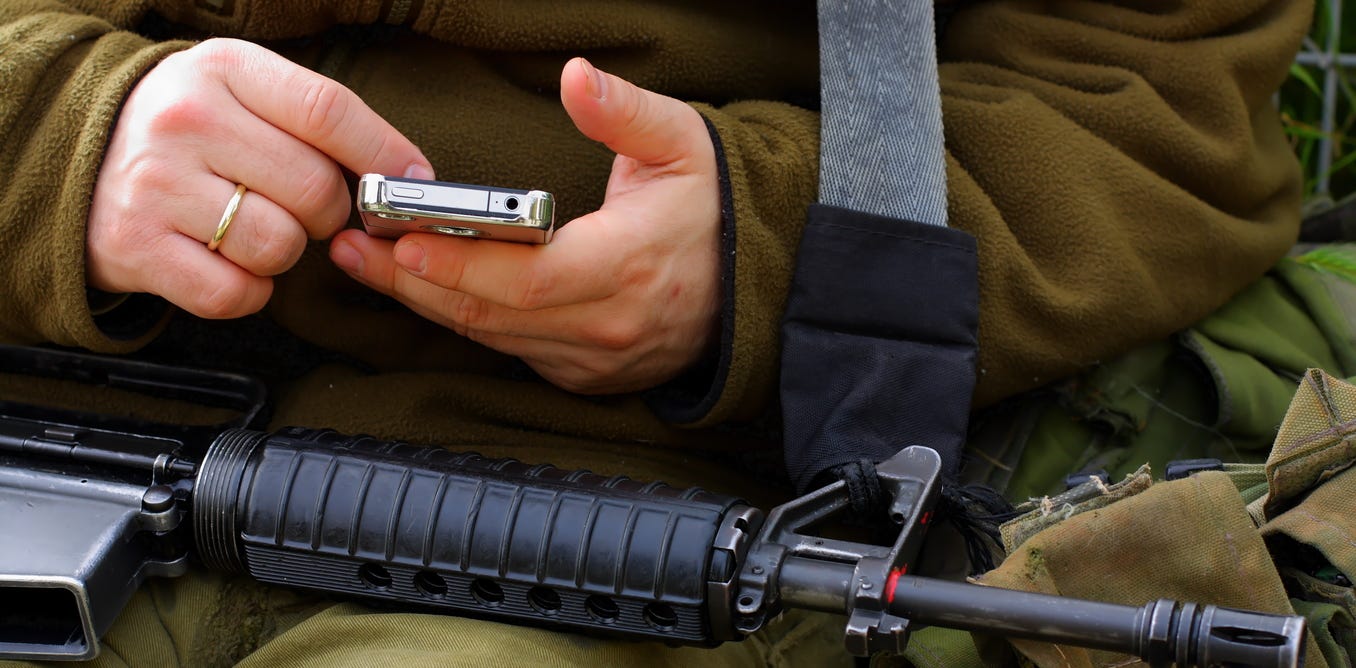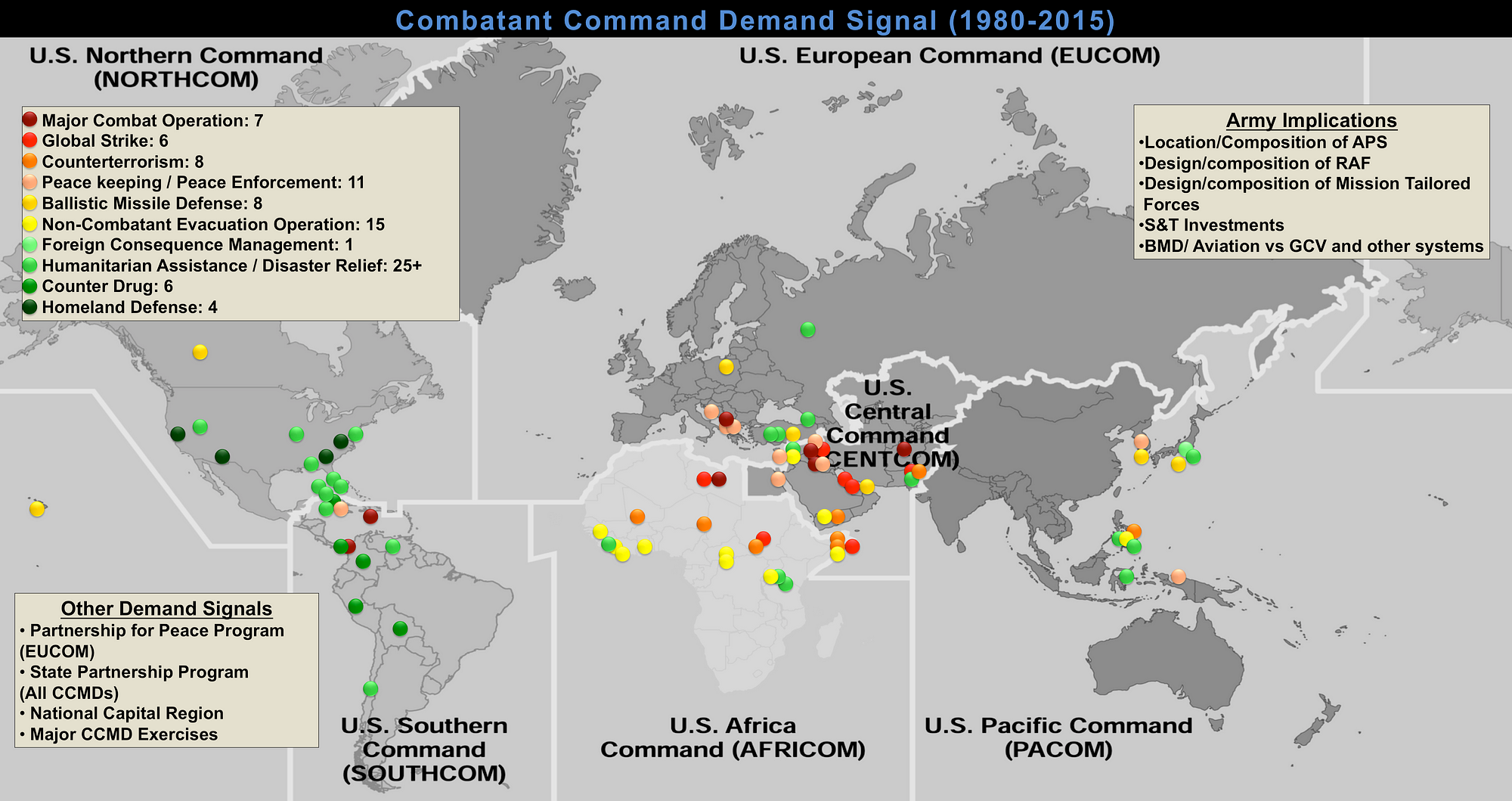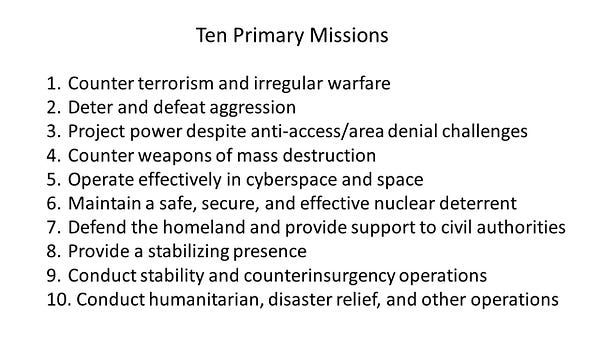http://www.tribuneindia.com/news/comment/soldier-state-bond-must-never-be-strained/172174.html
The spirit of accommodation between the state and soldiers must never be strained to the limit where the armed forces’ discipline and steadfast conduct get compromised. The current duelling between the government and veterans is an ugly sight.
Ex-servicemen returning their medals during the agitation for ‘one rank, one pension’ at Amar Jawan Jyoti in New Delhi. PTI/fileAbout two months ago, the Western Command Headquarters inaugurated their first “Old-Age Home” at Panchkula (Haryana) as an internal initiative. Napoleon had set up the first state sponsored old-age home in the heart of Paris around 1790, not far from the Arc de Triomphe. Ultimately it became Les Invalides, a state-funded establishment for retired soldiers (especially those devoid of any living kin) and its upkeep was patronised by the Emperor (head of state in this case) himself! Admittedly, times have changed since, but that idea of the state and soldier bonding in a kind of camaraderie should certainly not be out of place, even today. Closer to our times, my mind goes back to one among the several mega-celebrations organised in the UK in 1995 on the occasion of the 50th anniversary of the end of WW-II. It was appropriate that the Indian contingent to the celebrations would include soldiers decorated with the Victoria Cross (VC), the foremost British award for gallantry on the battlefield. Of the 32 Indian awardees of the VC during the war, only 11 were alive in 1995.
Four VC veterans could not undertake the journey to the UK due to age and infirmness, but the remaining seven were glad to participate. Of these, the six doughty Gorkha veterans had various grades of flab around their midriffs but the seventh, Subedar Major (Honorary Captain) Umrao Singh, over six-foot tall, of ram-rod stance, flat bellied and broad chested, became the cynosure of all eyes. The way he walked up to Queen Elizabeth in the Audience Hall of Buckingham Palace, any drill sergeant-major from the Coldstream Guards Brigade would have been envious. Little wonder that breaking precedence of ceremonial etiquette, the gathering burst into spontaneous applause! The following day when Prime Minister John Major happened to drive past some invitees and from the corner of his eye caught the sun glinting on their VC medals, the Prime Minister had his car halt. Walking up to the veterans, he saluted and greeted each with a firm handshake. In the UK, if a man (nationality notwithstanding) with a VC or MC pinned on the chest were to walk out, chances are that nine out of 10 passersby would halt mid-stride, smile and nod in salutation.
In India, even though righteous wars and warriors have been glorified by the gods through the epic Mahabharata, yet not one in a thousand Indians will know what a PVC, MVC or VrC looks like, leave alone greet its bearer. Dismissing his car, John Major escorted them to the venue of the function. Striking a conversation, he inquired if the veterans had any hardships that needed attention. Umrao Singh was prompt to state that although the prevalent currency exchange rate was Rs 50 to a pound, yet the VC pension handed out to them was at the paltry exchange rate of 1945. He asked, would it not be fair to revise their pension, which was last fixed in 1945, and bring it on a par with their counterparts in the UK? John Major was visibly upset at the injustice and promised that Her Majesty’s Government would rectify it. Six months later in March 1996, Christopher Thomas, South Asia correspondent of The Times (London), drove to Umrao Singh’s home at Palra village (Jhajjar district, Haryana) with the news that Her Majesty’s Government had enhanced their VC pension from 100 pounds per annum to 1,300 pounds! And it would be admitted at that day’s prevailing currency exchange rate or a subsequent rate, whichever was higher, but never lower than that day’s! Obviously, Umrao Singh was astounded at this windfall. He rushed to his wife who was frying “parathas” on a wood fire and declared, “Vimla, now we can live in style.” Umrao Singh brought out an unopened bottle of rum. He filled two large steel tumblers almost to the brim. Handing one to Christopher and holding his own in the left hand, Umrao came to attention, and giving a smart salute said, “This is for John Major, the Prime Minister of Britain! He has made me happy and proud.” He could now pass his allotted days with the dignity due to a VC. He passed away on November 22, 2005. When Umrao Singh was in dire financial straits, a VC collector from the UK had made him an offer of 35,000 pounds. Umrao Singh’s response was, “If I give away my medal, I will dishonour the soldiers who fought and died alongside me.” This is how soldiers cherish their medals.



